Is your caravan drawbar set to kill you?
If you simply hitch up and go, that’s a massive safety fail. We’ve put together a set of checks so that you can rest assured your drawbar is not set to kill you! Look, your drawbar isn’t actively trying to…
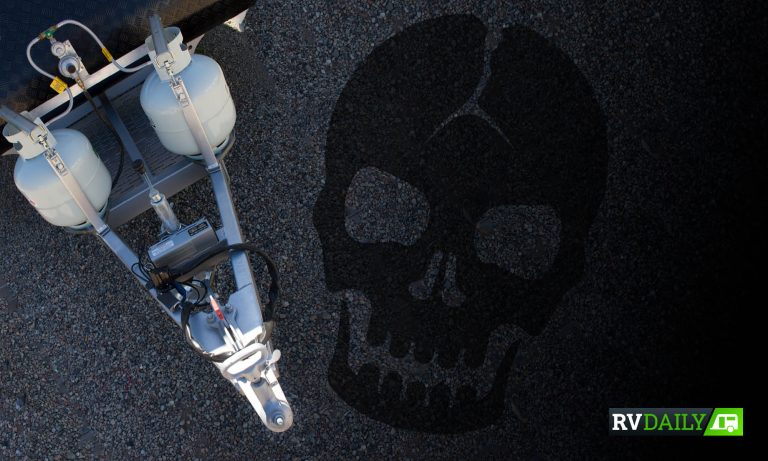

If you simply hitch up and go, that’s a massive safety fail. We’ve put together a set of checks so that you can rest assured your drawbar is not set to kill you! Look, your drawbar isn’t actively trying to…


Look, your drawbar isn’t actively trying to kill you, but it’s one of the framed culprits in our scenario. The drawbar and tow hitch would have to be the most important components of your caravan. They form the vital connection between the tow vehicle and the rest of the caravan itself. If something goes wrong here, you could end up with an expensive repair bill or a very serious accident. Let’s take a close look at the drawbar and the components that are connected to it to help you identify the safety checks you need to be doing each and every time you hitch up.

Before you head off anywhere in your caravan, you must ensure you have not exceeded the maximum towball rating for your van and your tow vehicle. A good set of towball scales retail for between $50 and $70 and are extremely easy to use. Load up your van to the point it’s ready for your trip and place the scales under the van’s towball/hitch using your jockey wheel to raise and lower the drawbar onto the scales.
Read Next: Everything you wanted to know about ball weight
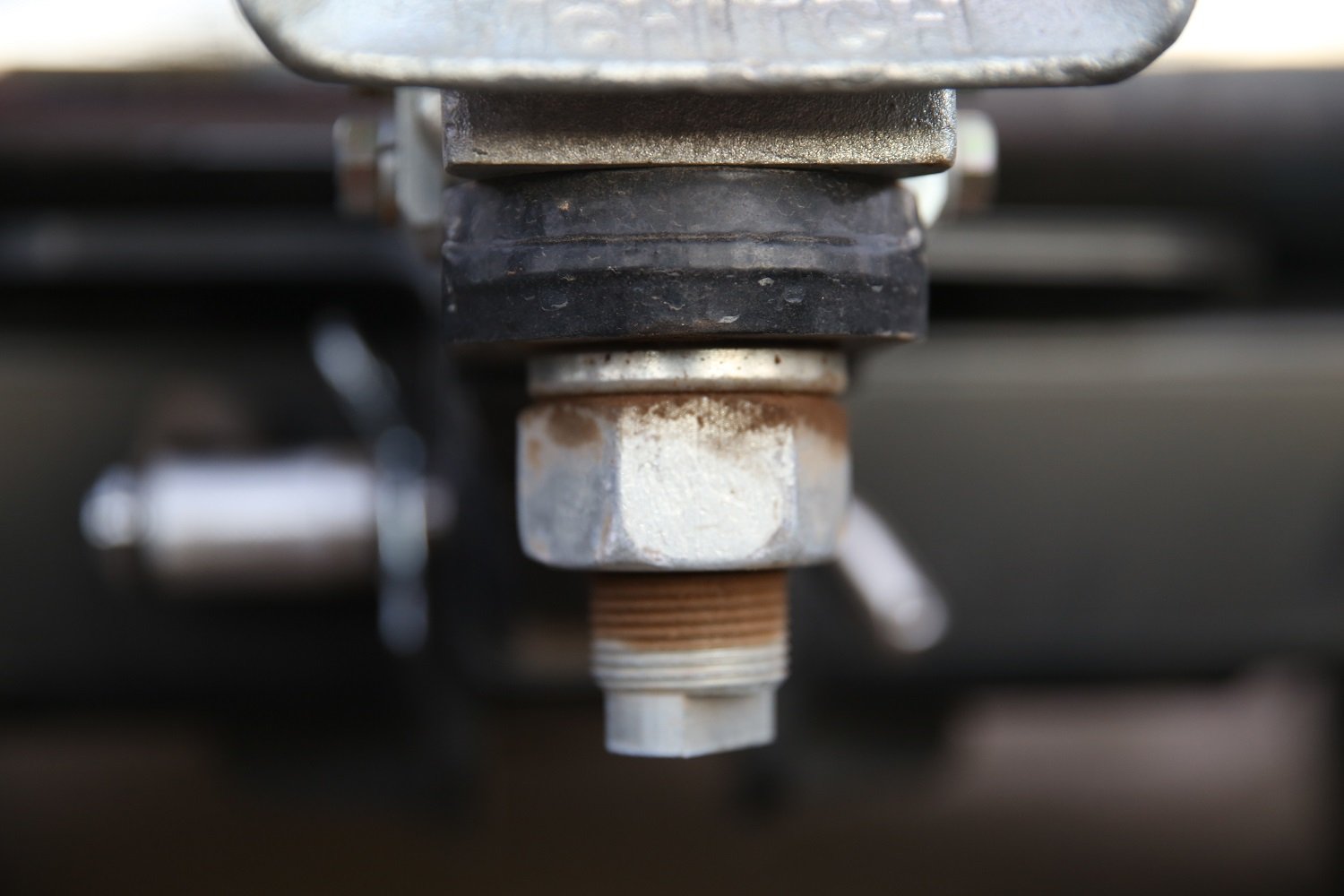
Most tow hitches will connect to either a towball or some sort of pin that is attached to your gooseneck by a large bolt and a spring washer. These are notorious for coming loose and in the worst cases, the bolt unwinds completely with potentially disastrous consequences. I check mine quite regularly and recently found it had worked itself loose and that was just driving on tarmac roads. Make sure you check yours every time you hitch up and always carry a large spanner or shifter with you to tighten it if necessary.
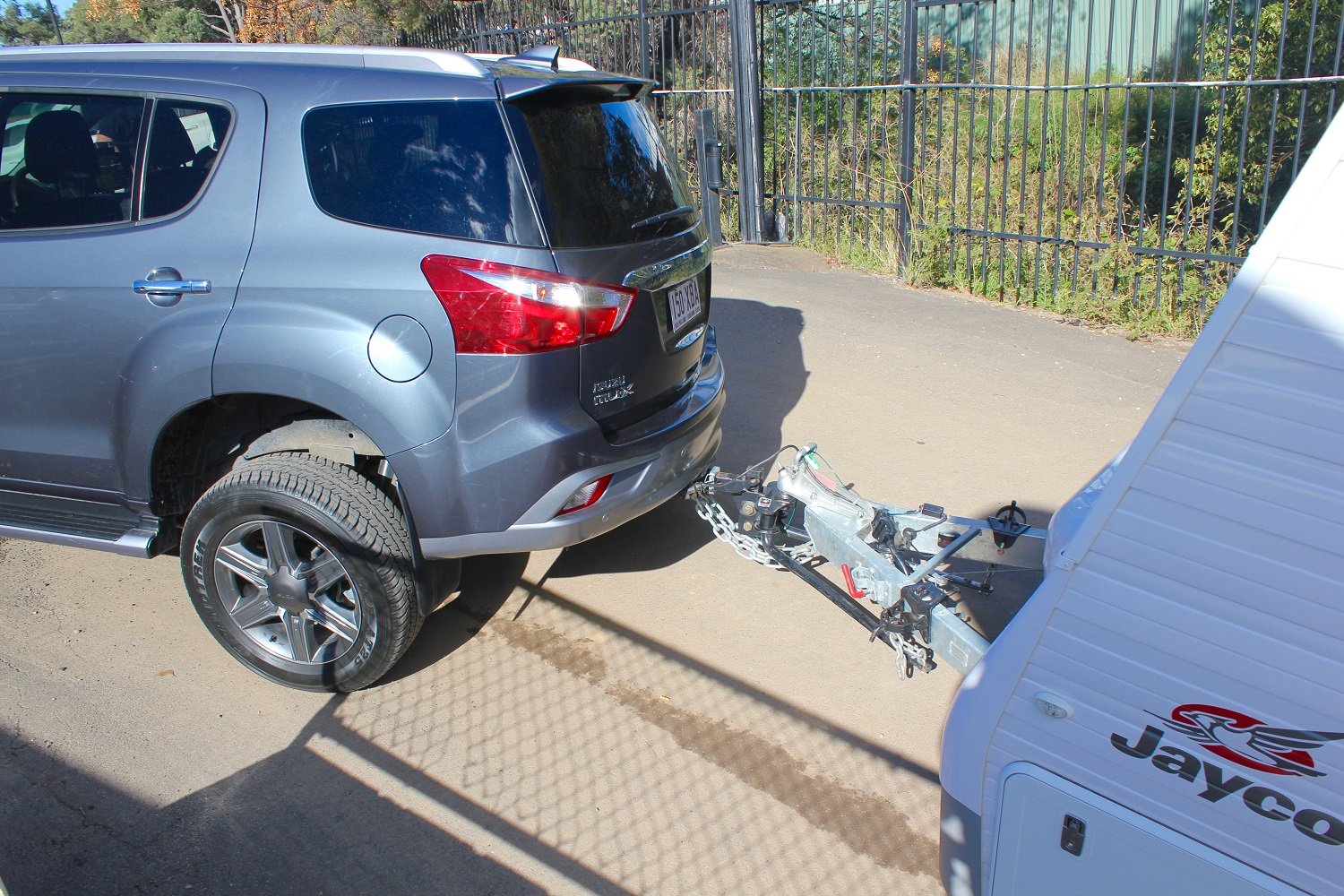
If you’re towing a heavy caravan, chances are that you will require a weight-distribution hitch. If you have one fitted, ensure you are familiar with the correct set-up for your rig to ensure safe towing. It is very easy to either over tighten these bars or not have them tight enough. Also, make sure you check all the bolts, especially if the gooseneck is height adjustable. Always follow the manufacturer’s instructions.
Read next: Weight-distribution hitches and when to use them
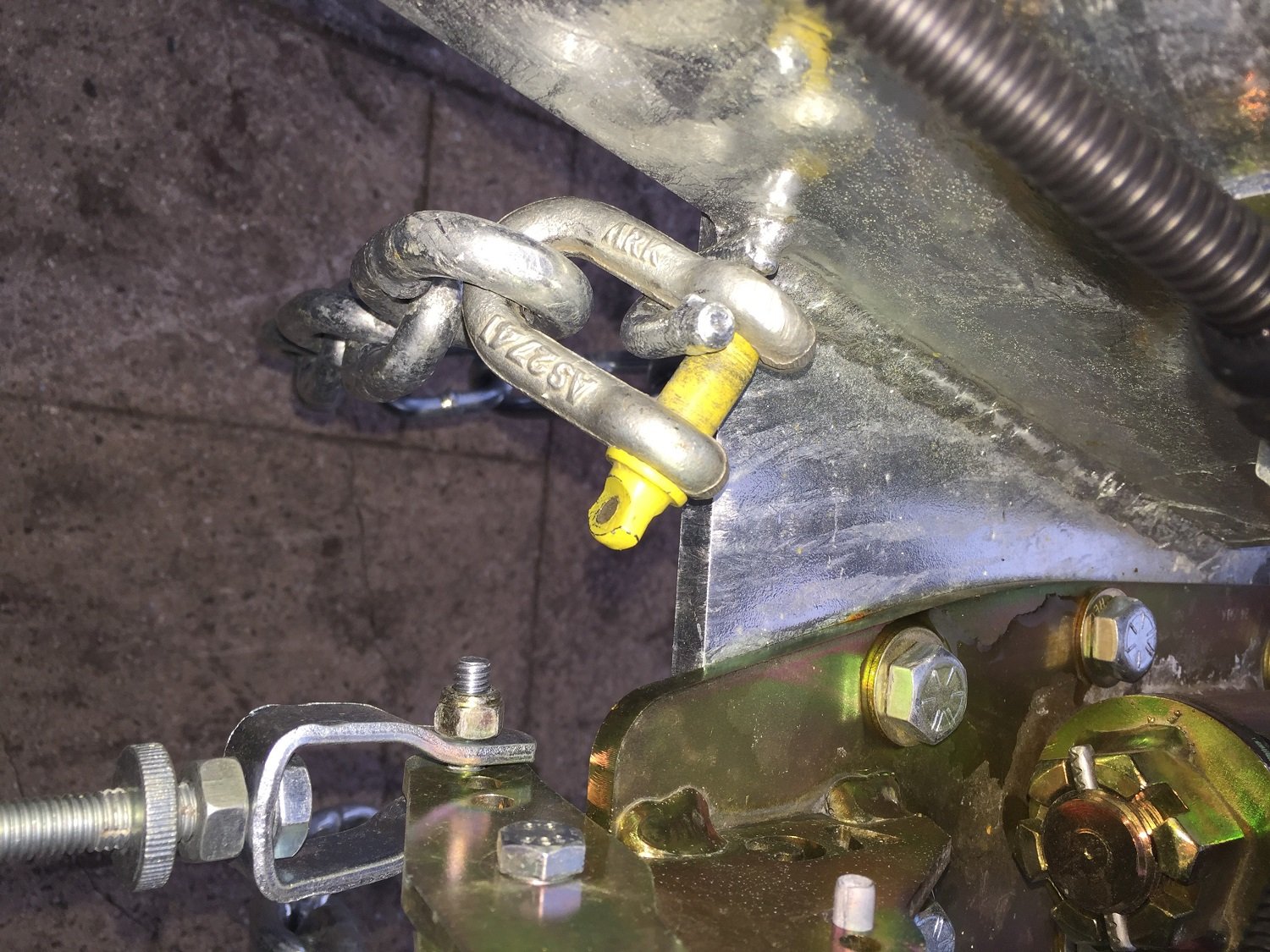
In the event of a catastrophic failure of the tow hitch, the safety chains and connecting bow or D shackles will be required to maintain a connection between the car and the caravan. Always inspect them to ensure they have not worn or rusted. Check the point of attachment to the drawbar to ensure the welds are solid. Make sure the shackles operate smoothly and that the pins are not bent. Always use rated (stamped) shackles, not cheap hardware store items of unknown strength. When attaching the safety chains to the vehicle, make sure you use the approved attachment point. If in doubt, consult your vehicle’s user manual.
Read next: Do my caravan shackles have to be yellow?

If your caravan weighs more than 2000kg, it must be fitted with an electronic emergency breakaway system with a back-up battery. The breakaway system applies the brakes if the trailer should completely separate from the tow vehicle. Most use a switch mounted on the drawbar that is activated when a pin is pulled out. The pin is attached to the tow vehicle via a thin wire. Always ensure this wire is in good condition as they are easily damaged. Make sure it is connected to a secure place on the tow vehicle, not the tow hitch. Most importantly, ensure the switch itself is secured to the drawbar. Most are attached with a single, self-tapping screw that could work loose over time.
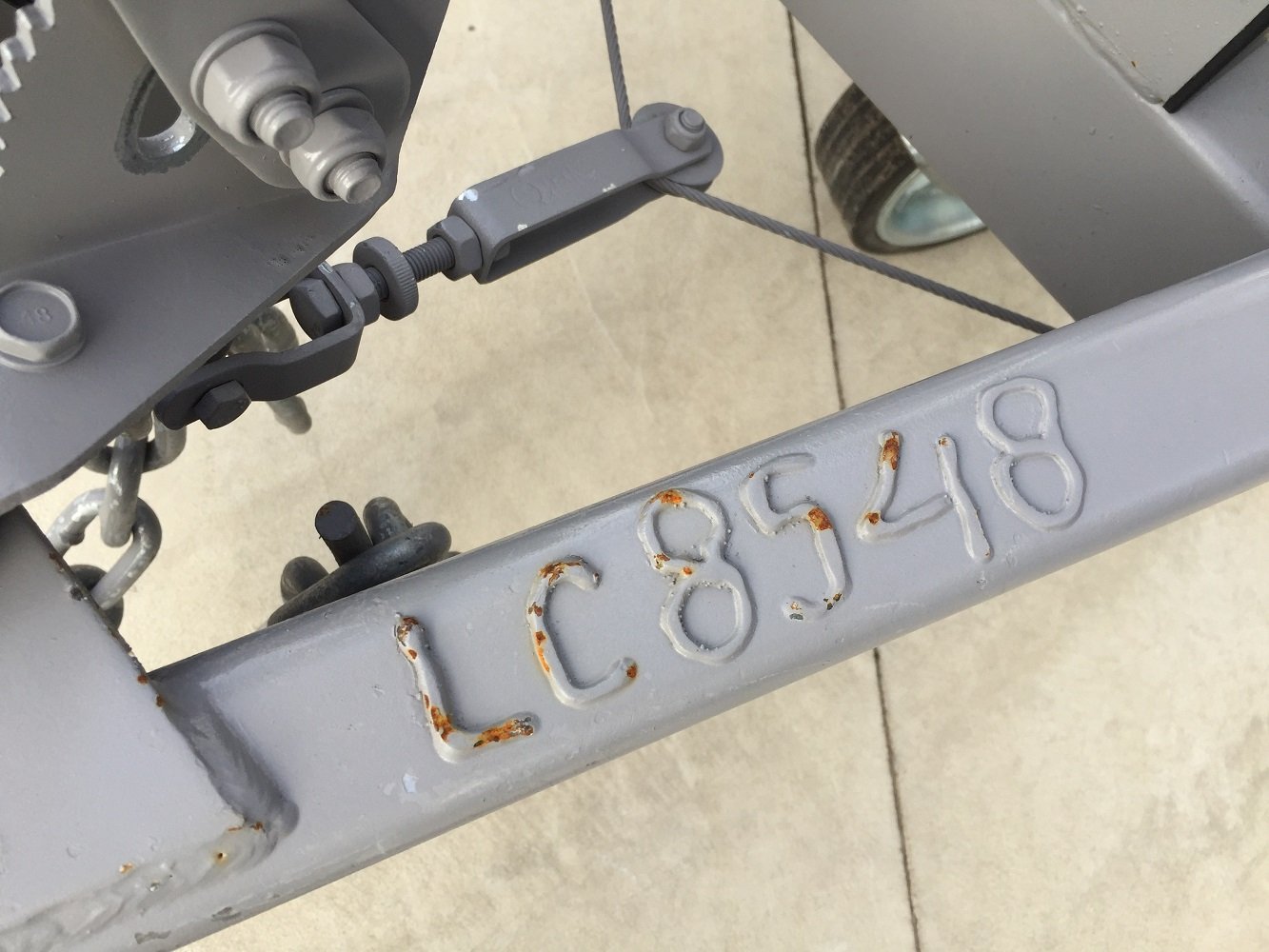
While you’re checking out the emergency braking system, also inspect and test the handbrake. They are easily adjusted using the thumbscrews at the base of the handle. The cable should be adjusted so that the brakes are fully applied and tight within two or three clicks of the handle reaching the end of its travel. Have a good look at the cable itself and make sure it is not damaged in any way.
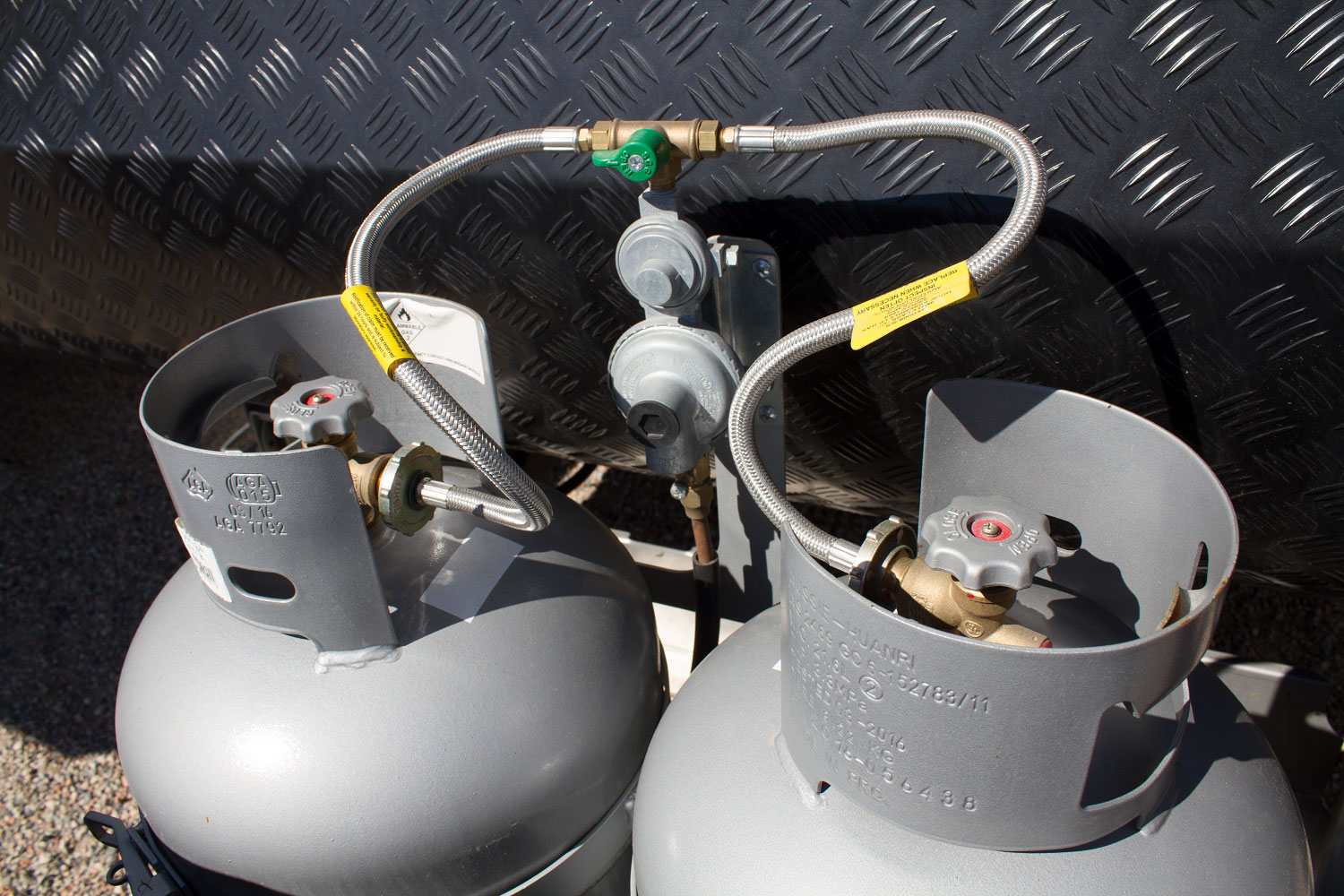
The drawbar of most caravans will be home to at least one, if not two, 4.5kg or 9kg gas cylinders. Apart from ensuring the gas lines are connected securely and that the taps are turned off, you should also make sure the holders are closed tightly and the gas bottles are held in place. Look for signs of rust in the cradles.
Read next: LPG, there’s more to it than turning on a gas bottle
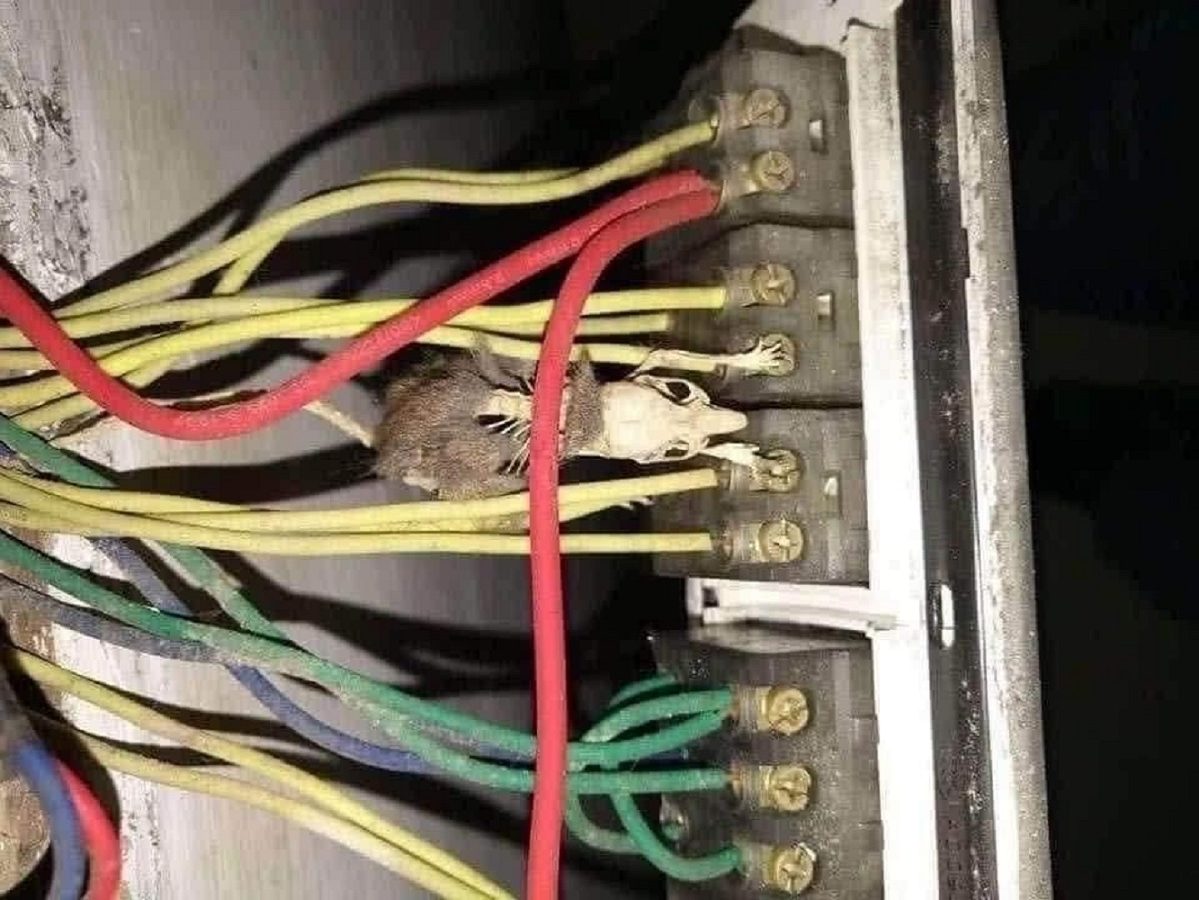
I don’t know why but trailer lights and their connections would have to be the most unreliable component of any trailer. The cables are vulnerable to being damaged by becoming fouled in between the trailer and tow vehicle when negotiating tight corners. If you travel on dirt roads, they can be damaged or the plugs dislodged. The plugs themselves are prone to dirt, mud and water contamination which can lead to corrosion of the electrical contacts. Always inspect your cables looking for any damage to the wires. Give the plugs a good squirt of contact cleaner and then with WD-40 before connecting them up again. This will ensure a positive electrical connection.
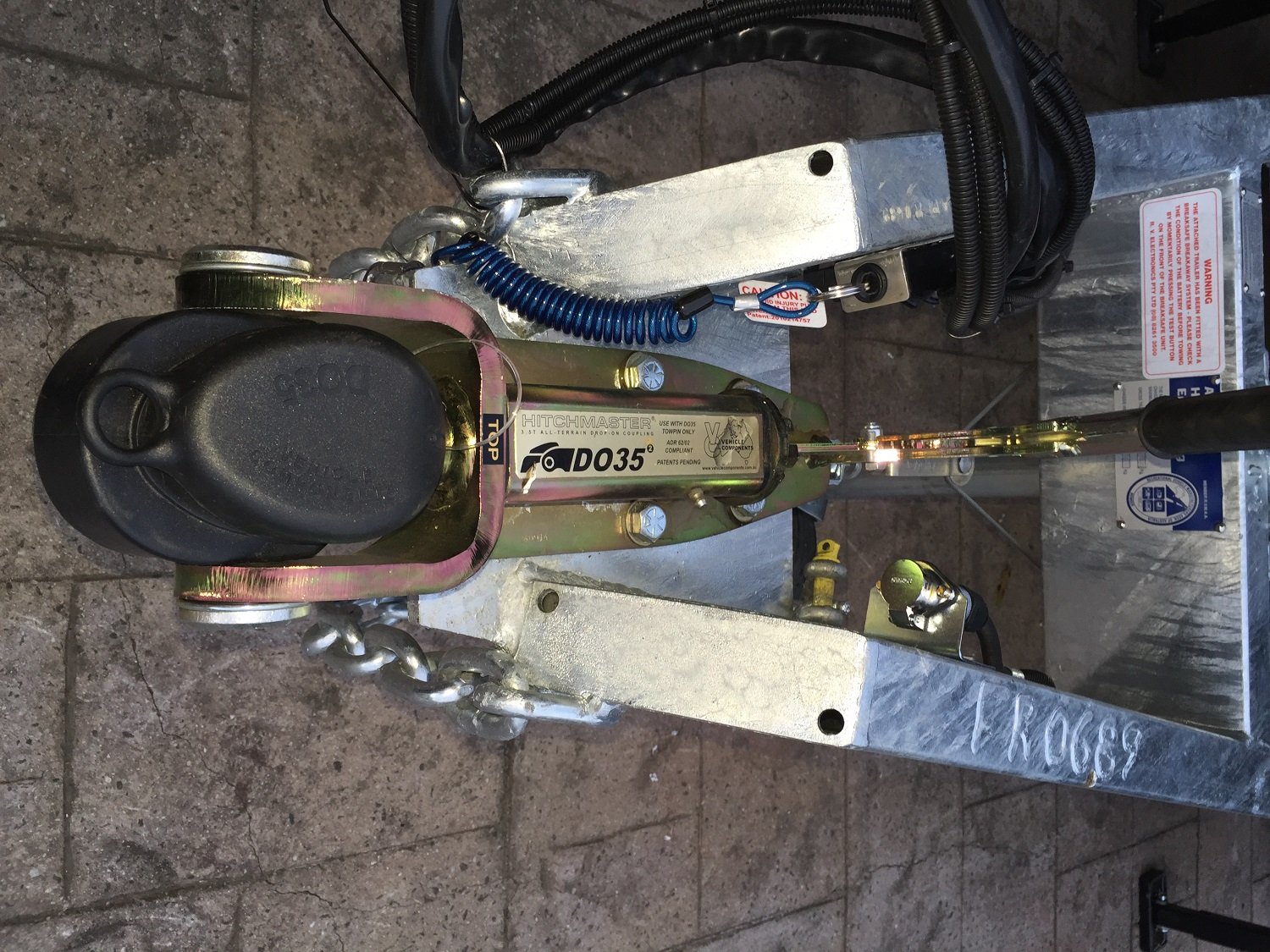
The number of tow hitches available on the market today is truly mind-boggling and deciding which one is best for you will depend greatly on where you intend to tow your van. One thing for certain is we have come a long way since the days of the rigid 50mm towball hitch. If your caravanning holidays take you along dirt roads or even onto off-road trails, an off-road hitch like the Cruisemaster DO35 V3 or the McHitch Uniglide are good, safe choices. These hitches, and others like them, are also ideal for caravans that stick to the tarmac. They have very secure locking mechanisms that are not going to come undone. They provide 360-degree movement on the horizontal axis so that in the event the caravan rolls over, it has less chance of pulling the tow vehicle over with it.
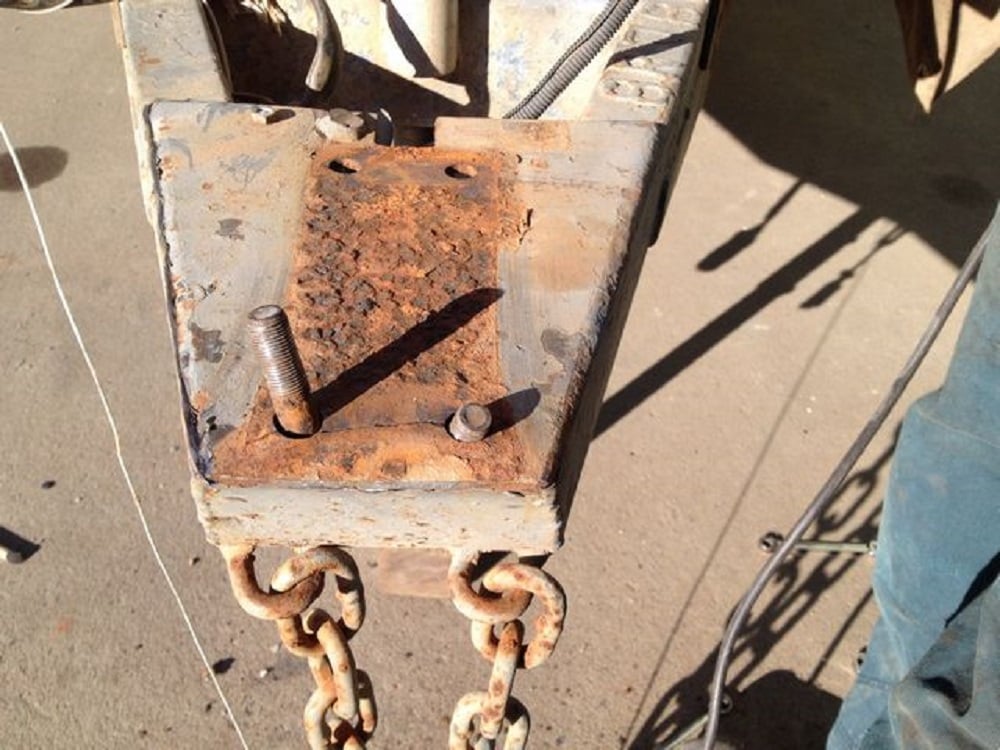
While we’re on the subject of tow hitches, if you have an older caravan or one that has a basic painted chassis, it is a good idea to remove the hitch from the drawbar and inspect it for any rust. As you can see in the pictures here, moisture can get trapped in between the drawbar and the hitch, causing the mounting plate to rust. In severe cases, this leads to cracks in the plate and damage to the securing bolts.
Rust is a silent killer and one you need to be very wary of. It usually starts off as a tiny spot which can quickly develop into a major structural issue. Poor welds are particularly prone to allowing rust to form at critical points of the chassis. Have a good look all over your drawbar. Surface rust is normally nothing to be too concerned about but any deep rust, especially where the joins are welded, can be a sign of trouble and the van must be inspected immediately by a specialist.
Read next: Don’t overlook your DIY hitch maintenance
Is your drawbar set to kill you? Nope, not now!